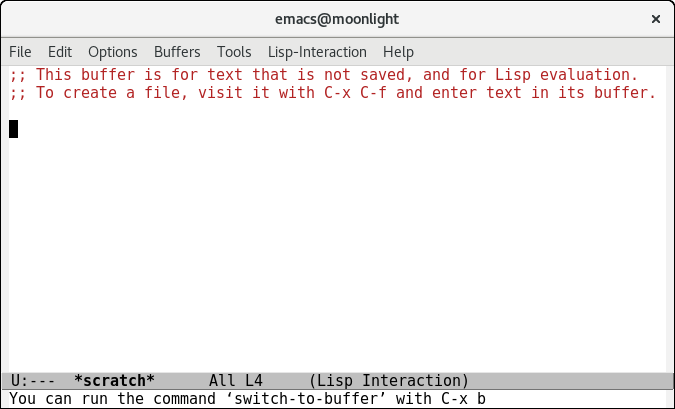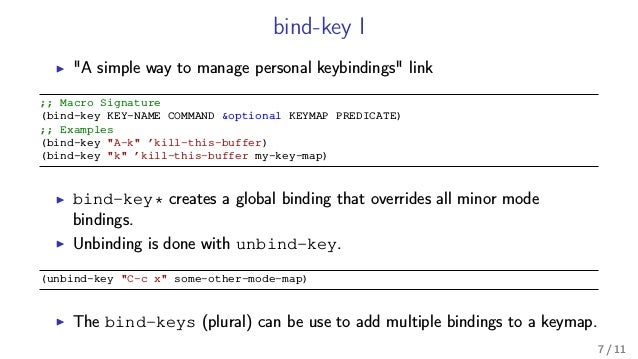

You can customize the way the keys show in the buffer using three different ( quit-windows-on which-key-buffer))) Custom String Replacement Options ( defun which-key-custom-hide-popup-function () ( display-buffer-in-major-side-window which-key-buffer ( display-buffer-reuse-window which-key-buffer alist) ( if ( get-buffer-window which-key-buffer) ( defun which-key-custom-show-popup-function ( act-popup-dim) ( let (( fit-window-to-buffer-horizontally t)) (which-key-height-or-percentage-to-height ( defun which-key-custom-popup-max-dimensions-function ( ignore) The variable which-key-popup-type decides There are three different popup types that which-key can use by default toĭisplay the available keys. Variables are available through M-x customize-group which-key. There are more options than the ones described here. Special Features and Configuration Options which-key-undo can be used to undo the last keypress when in the middle.which-key-show-next-page-no-cycle / which-key-show-previous-page-no-cycle will flip pages and stop at first/last page.which-key-show-next-page-cycle / which-key-show-previous-page-cycle will flip pages in a circle.It is alsoĪware of evil commands defined using evil-define-key. It’s similar to C-h m but in a which-key format. which-key-show-major-mode will show the currently active major-modeīindings.Is most and not all, because many are probably not interesting to most which-key-show-top-level will show most key bindings without a prefix.It open for the remainder of the key sequence. This will prevent which-key from showing automatically, and allow you to useĬ-h in the middle of a key sequence to show the which-key buffer and keep ( setq which-key-idle-secondary-delay 0.05) make sure which-key doesn't show normally but refreshes quickly after it is triggered. Allow C-h to trigger which-key before it is done automatically You will need to call which-key-mode to enableĪdd which-key.el to your load-path and require. Special Features and Configuration OptionsĪfter setting up MELPA as a repository, use M-x package-install which-key.: Added =which-key-enable-extended-define-key=.: Added =which-key-add-keymap-based-replacements=.which-key started as a rewrite of guide-key-mode, but the feature Screenshots of what the popup will look like are includedīelow. This includes prefixes like C-x 8 which are shown in aĭifferent face. For example, after enabling the minor mode if you enter C-x and waitįor the default of 1 second the minibuffer will expand with all of theĪvailable key bindings that follow C-x (or as many as space allows given Which-key is a minor mode for Emacs that displays the key bindingsįollowing your currently entered incomplete command (a prefix) in a

Shows active bindings in current major-mode map. See the docstring andĬustom String Replacement. Or alternatives that use define-key internally. : Added which-key-enable-extended-define-keyĪllows for a concise syntax to specify replacement text using define-key : Added which-key-show-early-on-C-hĪllows one to trigger which-key on demand, rather than automatically. Which-key-replacement-alist, which may cause performance issues when it Stored directly in keymaps, allowing one to avoid using This function provides an alternative interface allowing replacements to be

Which-key-enable-extended-define-key is now obsolete (the associatedīehavior is supported by default). As a consequence of reworking the internals, Which-key will now detect and compute the result of menu-itemīindings. The table below documents only the short prefix.Recent Changes : Add support for menu-item bindings these are useful on terminals that cannot generate C.

This is intended as a convenient reference more detailed explanations are given in previous chapters.Ĭ. In this appendix, we present a summary table of all Oz-specific Emacs key bindings. A Summary of Oz-Specific Emacs Key Bindings


 0 kommentar(er)
0 kommentar(er)
